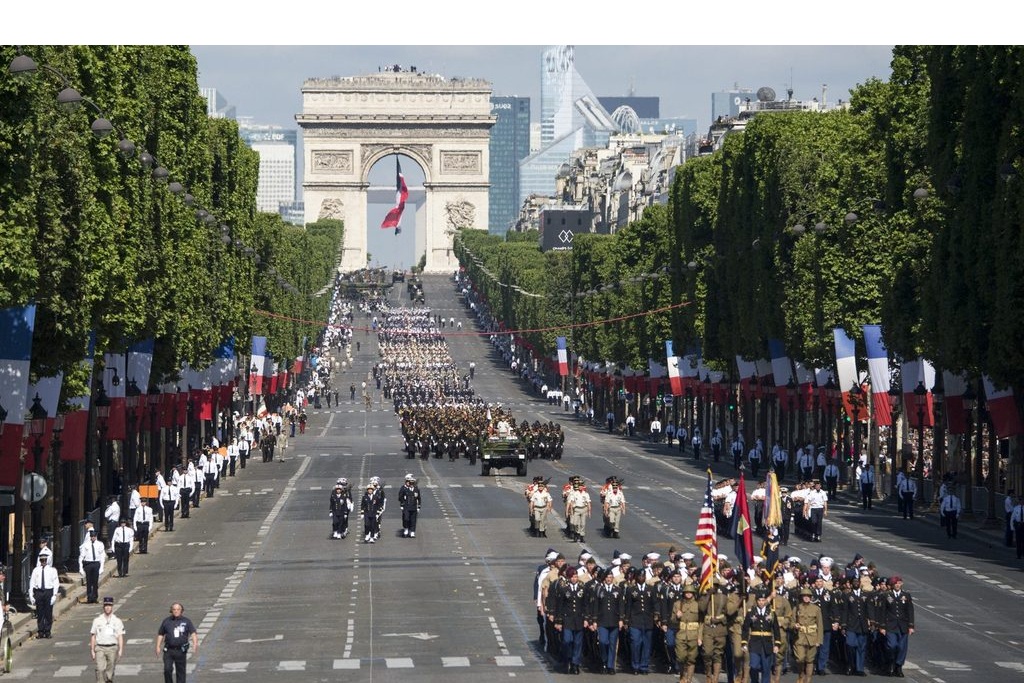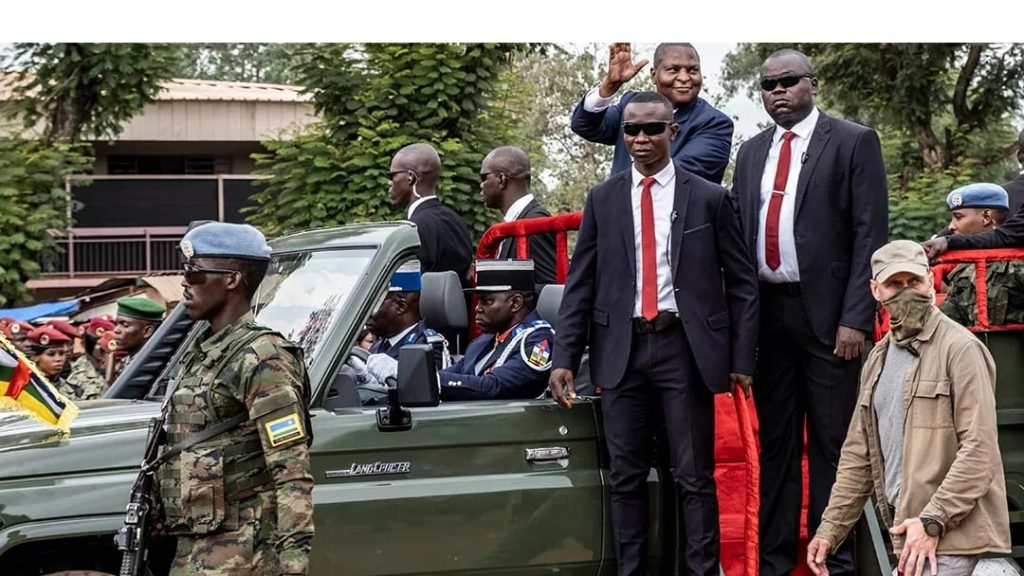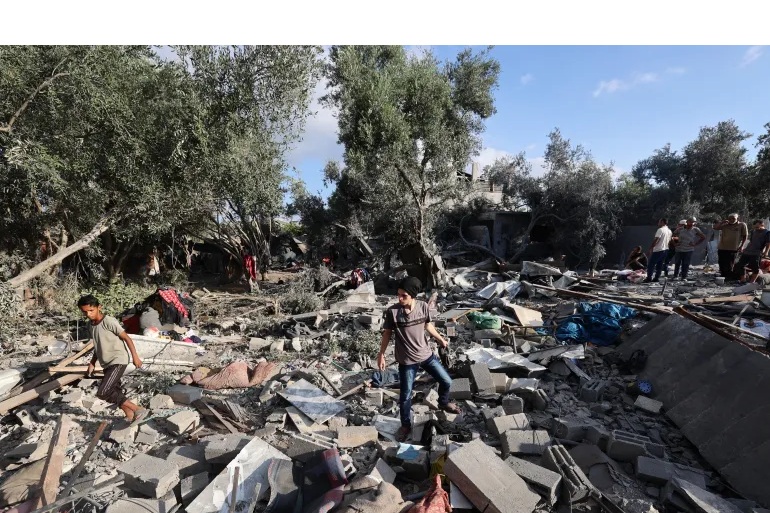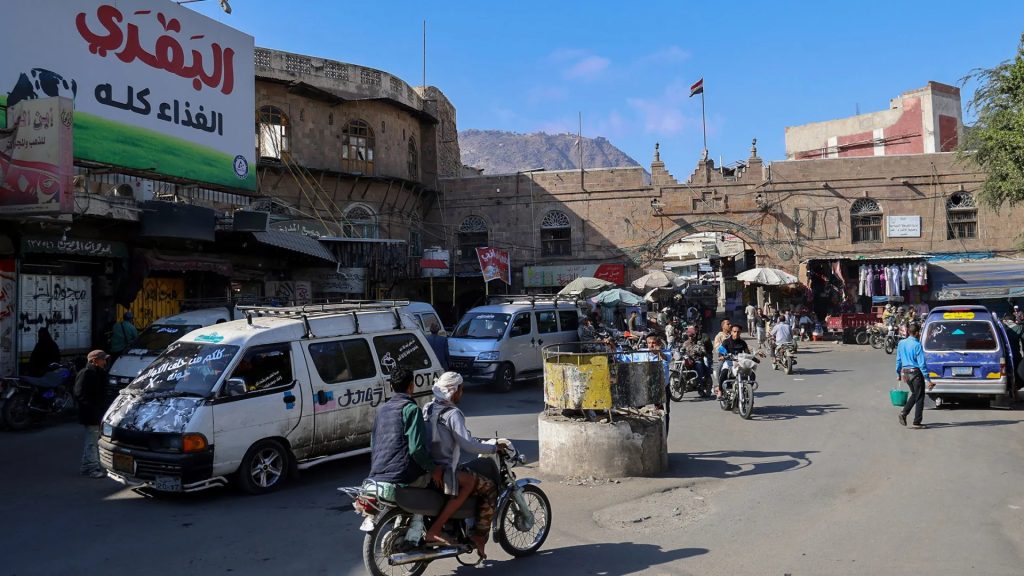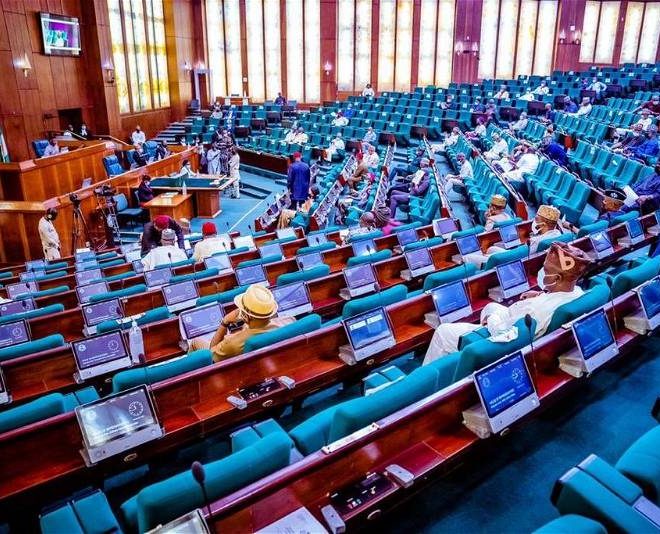News
JUST IN: Top Jihad Commander Killed in Israeli Airstrike in Gaza
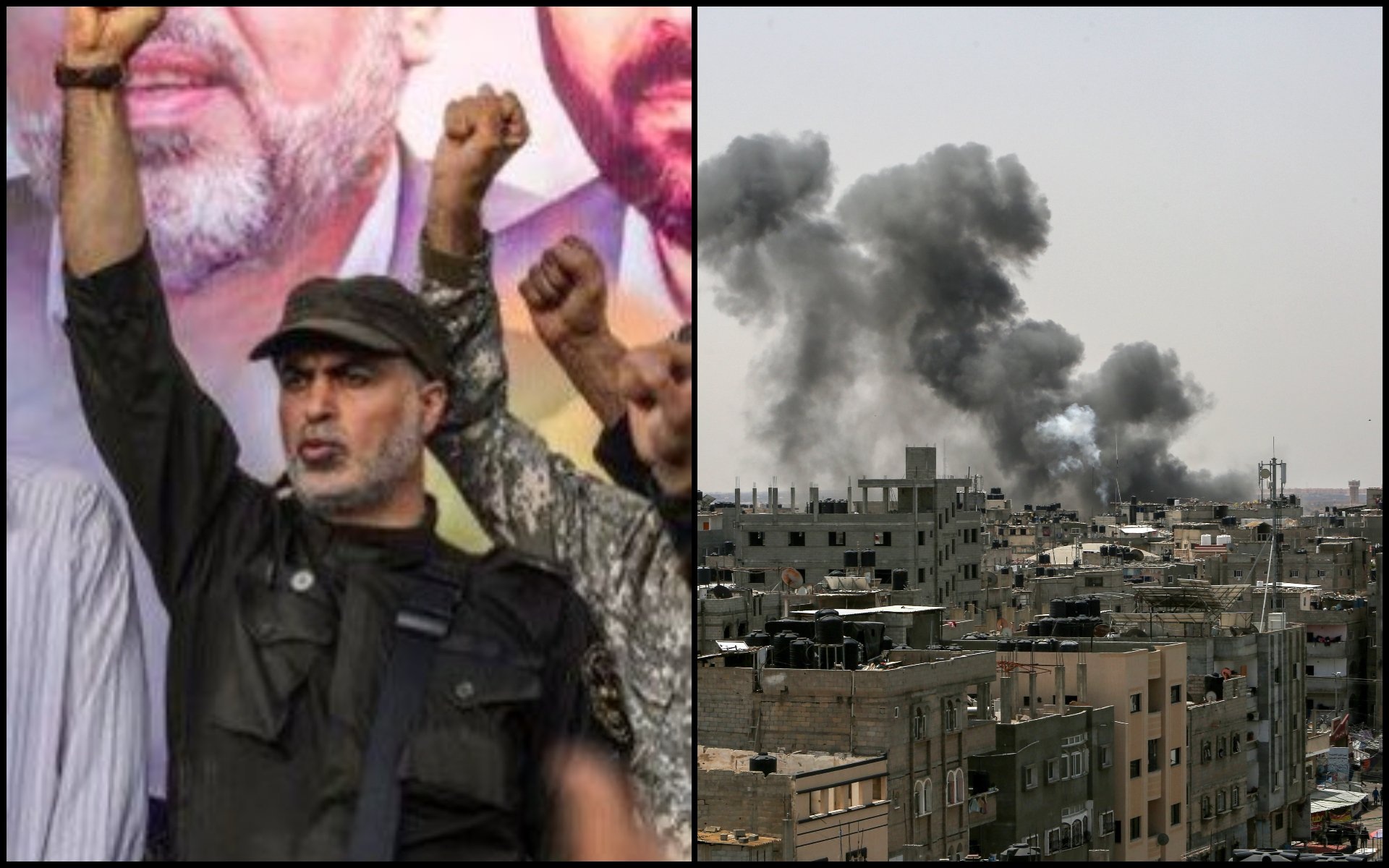
In a significant development in the ongoing conflict between Israel and Palestinian militant groups, the Israel Defense Forces (IDF) and Shin Bet security agency have announced the targeted killing of Fadl Abu al-Ata, the commander of the Palestinian Islamic Jihad’s (PIJ) Shejaiya sector.
Abu al-Ata, who played a pivotal role in orchestrating attacks against Israeli forces and participated in the October 7, 2023, incursion into Israel, was killed in a recent airstrike in the Gaza Strip.
The operation also resulted in the death of another senior PIJ operative, Hamed Kamel Abd al-Aziz Iyad, a key figure in the group’s explosives and engineering operations.
Background: Fadl Abu al-Ata’s Role and Rise
Fadl Abu al-Ata was a prominent figure within the PIJ’s military wing, Al-Quds Brigades.
Initially serving as the deputy commander of the Shejaiya sector, he was elevated to the top position during the current war, reflecting his growing influence and operational expertise.
The Shejaiya sector, a densely populated neighborhood in eastern Gaza City, has long been a strategic stronghold for Palestinian militant groups due to its complex urban terrain and extensive network of tunnels.
According to Israeli intelligence, Abu al-Ata was instrumental in coordinating activities between various militant factions operating in Shejaiya.
These include Hamas and other smaller groups.
His leadership was marked by a series of attacks targeting IDF troops.
It was also marked by his direct involvement in the planning and execution of the October 7 cross-border assault that marked a dramatic escalation in the Israeli-Palestinian conflict.
The October 7 Onslaught
On October 7, 2023, Palestinian militants launched a large-scale incursion into southern Israel, breaching the border and attacking civilian communities and military positions.
Abu al-Ata was identified by the IDF as one of the key commanders who infiltrated Israeli territory during this operation.
The attack, which resulted in significant casualties and widespread destruction, triggered a massive Israeli military response and set the stage for months of intense fighting in Gaza.
Israeli officials have repeatedly emphasized Abu al-Ata’s central role in both the planning and execution of these attacks, describing him as a “key coordinator” who directed numerous operations against Israeli forces from within the Shejaiya sector.
The Targeted Strike
The recent airstrike that killed Abu al-Ata was part of Israel’s ongoing campaign to dismantle the leadership of Palestinian militant groups in Gaza.
According to the IDF and Shin Bet, the operation was based on precise intelligence and aimed at neutralizing a figure responsible for orchestrating multiple attacks on Israeli troops.
In a statement, the military highlighted Abu al-Ata’s role not only as a field commander but also as a facilitator of coordination between different armed factions, making him a high-value target.
His death is seen as a blow to the operational capabilities of PIJ in the Shejaiya sector, potentially disrupting the group’s ability to launch coordinated attacks in the near term.
Death of Hamed Kamel Abd al-Aziz Iyad
In a separate but related strike, the IDF announced the killing of Hamed Kamel Abd al-Aziz Iyad, who was responsible for engineering and explosives within the PIJ’s Turukman Battalion.
Iyad was described as the mastermind behind the planning and execution of explosive attacks against Israeli forces.
His expertise in constructing and deploying improvised explosive devices (IEDs) made him a critical asset for the group’s military operations.
Broader Context and Implications
The targeted killings of Abu al-Ata and Iyad are part of a broader Israeli strategy aimed at decapitating the leadership of militant groups in Gaza.
Over the course of the conflict, Israel has carried out numerous strikes against senior commanders.
Reports say it seeks to disrupt command and control structures and weaken the operational effectiveness of groups like PIJ and Hamas.
These operations, however, occur against the backdrop of a deepening humanitarian crisis in Gaza, where repeated strikes have resulted in significant civilian casualties and widespread destruction.
The deaths of high-ranking militant leaders often prompt retaliatory rocket fire and further escalate the cycle of violence, complicating efforts to achieve a lasting ceasefire.
Conclusion
The elimination of Fadl Abu al-Ata and Hamed Kamel Abd al-Aziz Iyad marks a significant moment in the ongoing conflict in Gaza.
As key figures in the Palestinian Islamic Jihad’s military hierarchy, their deaths are likely to impact the group’s operational capabilities in the short term.
However, the broader dynamics of the conflict, marked by cycles of violence, leadership decapitation, and humanitarian suffering, remain unchanged.
These highlight the enduring complexity of the Israeli-Palestinian struggle.
For Diaspora Digital Media Updates click on Whatsapp, or Telegram. For eyewitness accounts/ reports/ articles, write to: citizenreports@diasporadigitalmedia.com. Follow us on X (Fomerly Twitter) or Facebook



